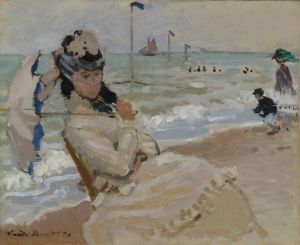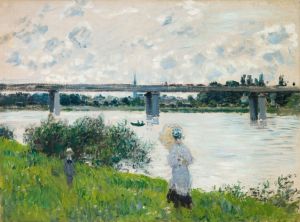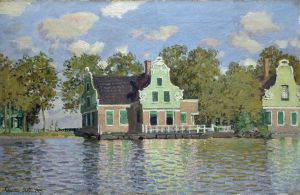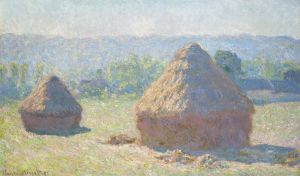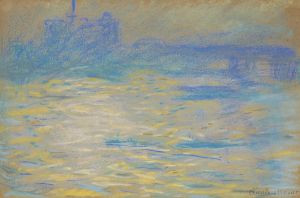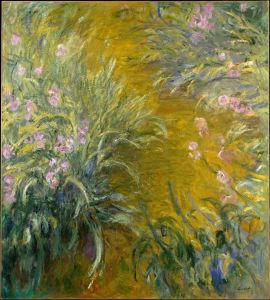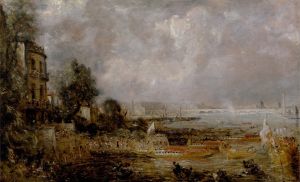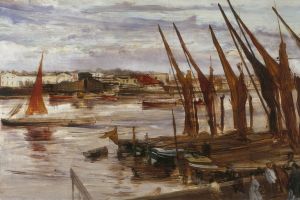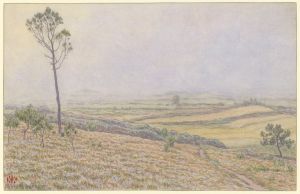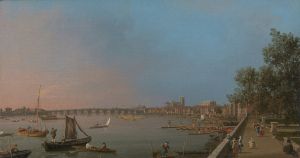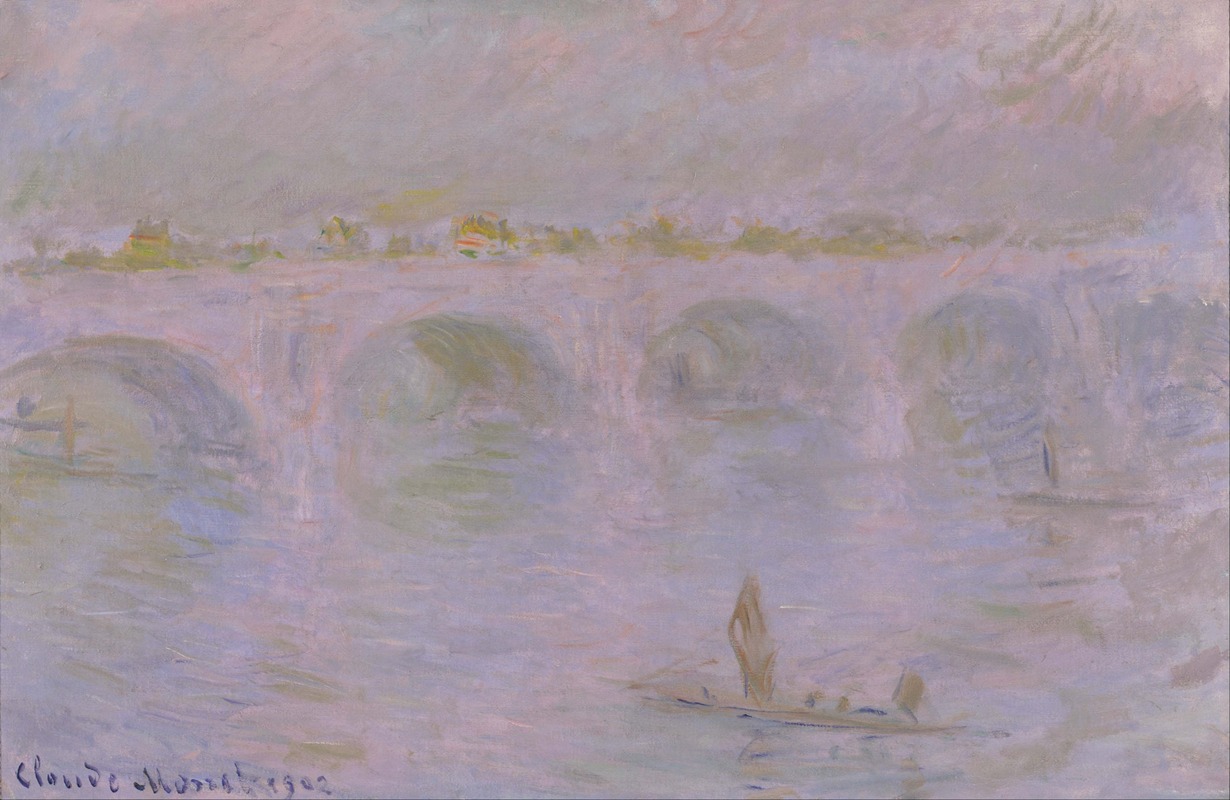
Waterloo Bridge in London
A hand-painted replica of Claude Monet’s masterpiece Waterloo Bridge in London, meticulously crafted by professional artists to capture the true essence of the original. Each piece is created with museum-quality canvas and rare mineral pigments, carefully painted by experienced artists with delicate brushstrokes and rich, layered colors to perfectly recreate the texture of the original artwork. Unlike machine-printed reproductions, this hand-painted version brings the painting to life, infused with the artist’s emotions and skill in every stroke. Whether for personal collection or home decoration, it instantly elevates the artistic atmosphere of any space.
Claude Monet, one of the leading figures of the Impressionist movement, painted a series of works depicting Waterloo Bridge in London during his visits to the city in the late 19th and early 20th centuries. These paintings are part of Monet's broader exploration of urban landscapes and his fascination with the effects of light, atmosphere, and weather on architectural and natural forms.
The Waterloo Bridge series was created during Monet's stays in London between 1899 and 1901. He worked from his room at the Savoy Hotel, which provided a clear view of the Thames River and the bridge. Monet was particularly drawn to the interplay of light and fog over the city, which he captured in a variety of atmospheric conditions and times of day. This focus on transient effects of light and weather is a hallmark of Monet's Impressionist style.
The paintings in the Waterloo Bridge series are characterized by their soft, diffused light and subtle color palettes. Monet used short, broken brushstrokes to convey the shimmering effects of sunlight and mist on the water and the bridge. The industrial elements of the scene, such as the smoke from nearby factories, are integrated into the compositions, reflecting Monet's interest in the modern urban environment.
Monet's Waterloo Bridge paintings are part of a larger body of work that also includes depictions of other London landmarks, such as the Houses of Parliament and Charing Cross Bridge. Together, these series demonstrate Monet's dedication to capturing the changing qualities of light and atmosphere in a single location over time.
Today, individual works from the Waterloo Bridge series are held in various museums and private collections around the world. They are celebrated as masterpieces of Impressionism and are admired for their innovative approach to capturing the ephemeral beauty of urban landscapes. Monet's London series, including the Waterloo Bridge paintings, remains a testament to his ability to transform ordinary scenes into poetic and evocative works of art.





